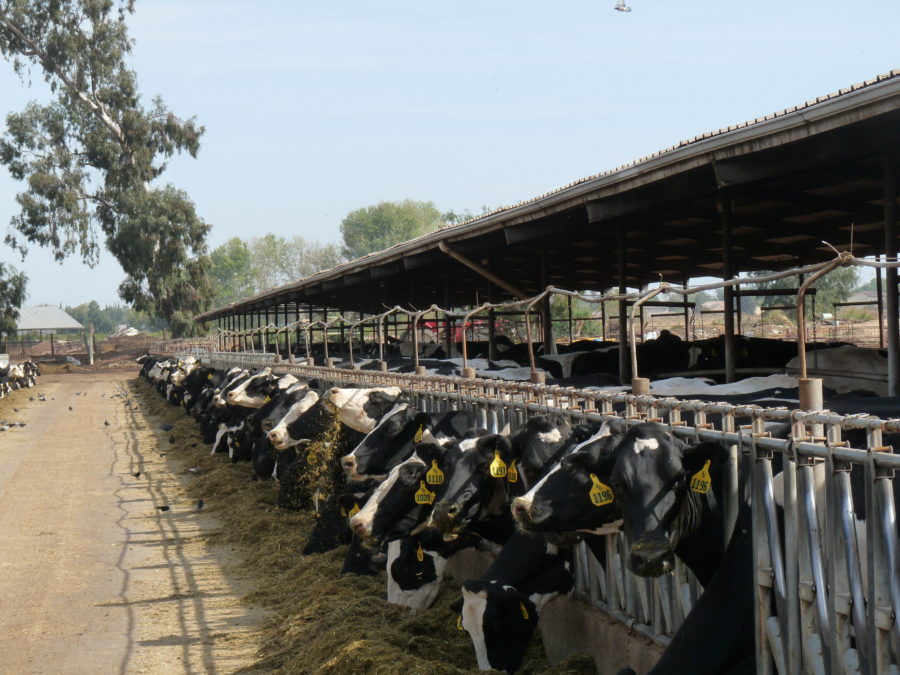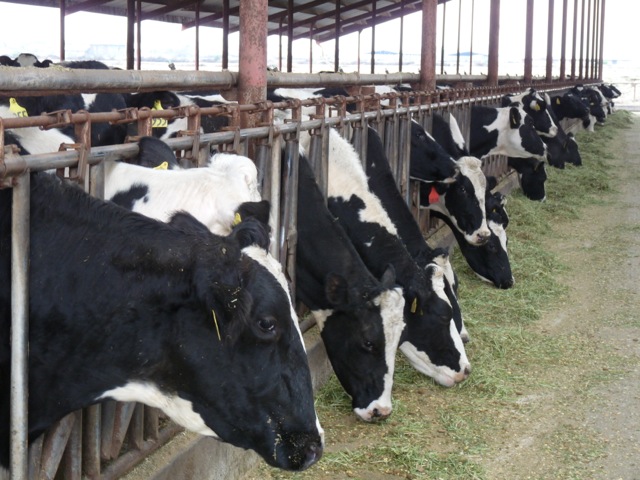2017 Tulare County Crop Report Tops $7 Billion
Tulare Crop Report Shows 10 Percent Growth in Single Year
By Patrick Cavanaugh, Editor
Big numbers announced today from Tulare County Ag Commissioner Marilyn Wright on the 2017 crop year.
“Our value is 10.5 percent up from last year, at 7,039,929,000. So, that’s 669 million more than the previous year,” Wright said.
And, of course, more water in the system probably helped, as it did in Fresno County, which announced $7.028 billion in its 2017 Crop Report, released earlier this month.
The dairy industry, which is prominent in Tulare County, came in number one again, representing 25 percent of the total value.
“Milk prices were stronger in early 2017, but they went down later in the year. And they continue to go down, but still it was a big part of the Tulare County ag receipts in 2017,” Wright said.
Following dairy were grape products—including juice grapes, raisins, and table grapes. Table grapes had a stellar year.
Navel and Valencia oranges were next. Cattle and calves ranked fourth, down from category number three in 2016, because cattle prices were off last year.
Tangerines, also known as mandarins, were number five, followed by almonds, cling peaches, and freestone peaches.
Lemons, were ninth on the crop list.
“We only have just over 10,000 acres of lemons in the County,” Wright said.
Wright said the value of this year’s crop report, $7.39 billion, is the third highest value Tulare County has ever reported.













